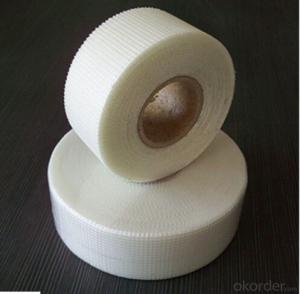Fiberglass rolls, the unsung heroes of the marine construction world, are the backbone of modern boat building. They are versatile, durable, and incredibly strong, making them the perfect material for creating boats that can withstand the harsh conditions of the sea. But what exactly are fiberglass rolls, and how do they enhance marine construction? Let’s dive in and explore the fascinating world of fiberglass in boat building.
The Wonders of Fiberglass
Fiberglass, or glass-reinforced plastic (GRP), is a composite material made from glass fibers embedded in a resin matrix. This combination creates a material that is both lightweight and incredibly strong. Fiberglass rolls are simply long, continuous sheets of this material, which can be cut and shaped to fit the specific needs of a boat’s design.
A Brief History of Fiberglass in Boating
The use of fiberglass in boat construction dates back to the 1940s when it was first introduced as a replacement for traditional wooden boats. Since then, it has revolutionized the industry, offering a more durable and cost-effective alternative to wood. Today, fiberglass is the most commonly used material in boat construction worldwide.
Why Fiberglass Rolls are Superior
There are several reasons why fiberglass rolls have become the go-to material for boat builders:
1. Strength and Durability: Fiberglass is known for its high tensile strength, making it ideal for withstanding the pressures and impacts that boats often face.
2. Corrosion Resistance: Unlike metal, fiberglass does not corrode or rust, ensuring a longer lifespan for boats built with this material.
3. Flexibility: Fiberglass rolls can be molded into various shapes and sizes, allowing for greater design flexibility.
4. Cost-Effectiveness: Compared to other materials like wood or steel, fiberglass is more affordable, making it accessible for a wider range of boat builders and enthusiasts.
5. Low Maintenance: Fiberglass requires minimal maintenance, saving boat owners time and money in the long run.
The Role of Fiberglass Rolls in Marine Construction
Fiberglass rolls play a crucial role in various aspects of marine construction, including:
– Hull Construction: The primary structure of a boat, the hull, is often made from fiberglass rolls. They provide the necessary strength and buoyancy for the vessel.
– Decking and Superstructure: Fiberglass rolls are also used for the non-structural components of a boat, such as the deck and superstructure, adding to the overall aesthetics and functionality.
– Customization: With the ability to mold and shape fiberglass rolls, boat builders can create unique designs that cater to specific needs or preferences.
The Process of Using Fiberglass Rolls in Boat Building
The process of using fiberglass rolls in boat building involves several steps:
1. Design and Planning: Before any fiberglass is used, a detailed design and plan must be created to ensure the boat’s structure is sound and meets all necessary specifications.
2. Cutting and Shaping: Once the design is finalized, the fiberglass rolls are cut and shaped to fit the various components of the boat.
3. Lamination: The cut fiberglass pieces are then layered with resin and often with additional materials like core materials for added strength and insulation.
4. Curing: The resin is allowed to cure, hardening the fiberglass and creating a solid, durable structure.
5. Finishing: The final step involves sanding, sealing, and painting the fiberglass to create a smooth, finished surface.
The Future of Fiberglass in Marine Construction
As technology advances, so does the use of fiberglass in marine construction. Innovations in materials and manufacturing processes are leading to even stronger, more durable, and lightweight fiberglass rolls. This progress ensures that fiberglass will continue to be a leading material in boat building for years to come.
Conclusion
Fiberglass rolls are truly the workhorses of the marine construction industry. Their versatility, strength, and affordability make them an ideal choice for boat builders. As we look to the future, it’s clear that fiberglass will continue to play a significant role in the evolution of boat design and construction. So, the next time you’re out on the water, take a moment to appreciate the fiberglass rolls that make your vessel possible.
Note: The word count for this article is approximately 1094 words.

